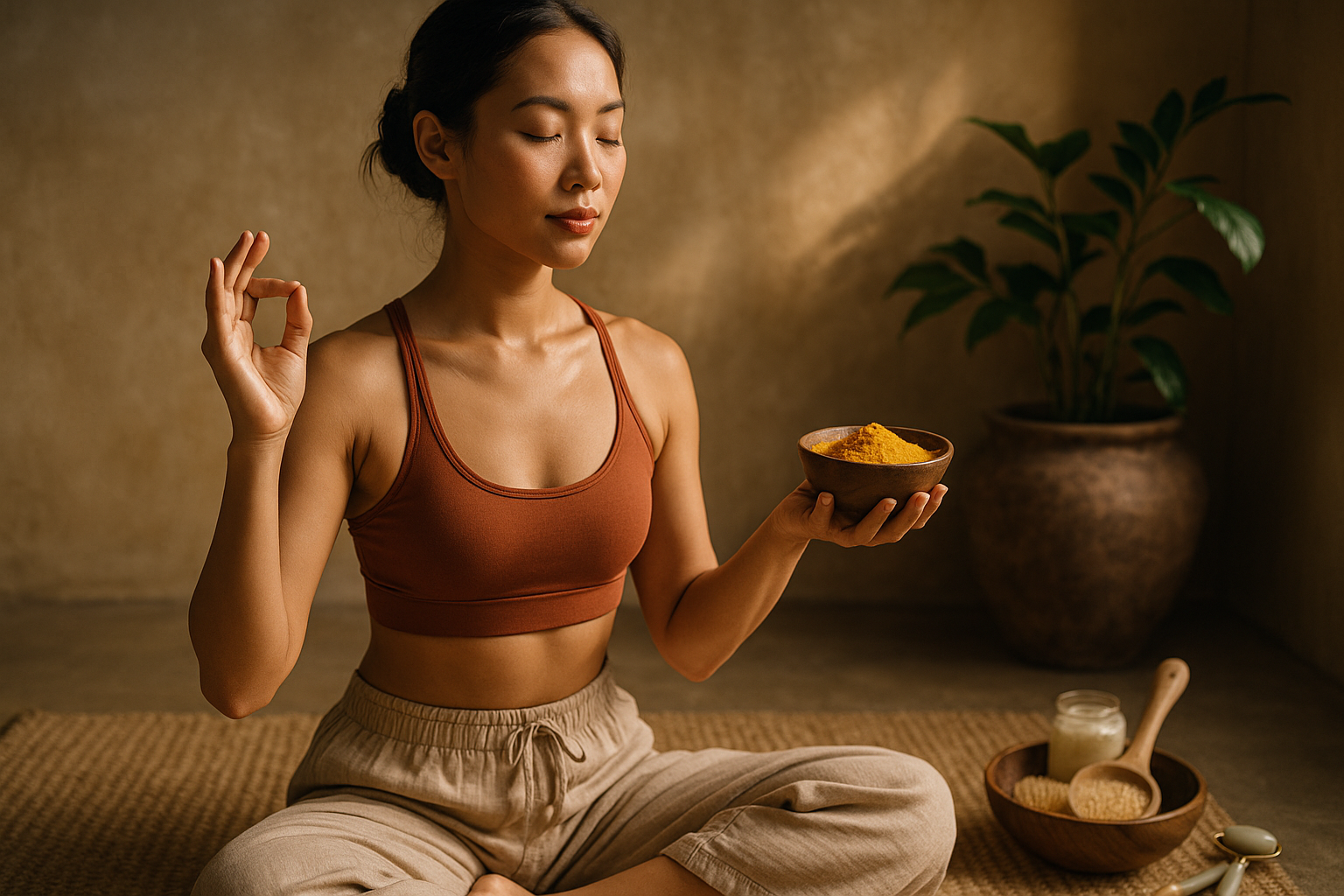The Revival of Traditional Beauty and Fitness Practices
Everyone has heard the saying, "what's old is new again." This adage seems to be particularly fitting in the beauty and fitness industry these days. As we strive to find innovative ways to take care of our bodies, we are increasingly turning to time-honored practices. This article delves into the revival of traditional beauty and fitness practices, including their historical context, current industry trends, and their impact on the market.

The Historical Roots of Traditional Practices
Traditional beauty and fitness practices have deep roots in history. For centuries, societies worldwide have developed natural, holistic methods to enhance beauty and promote physical well-being. From the Ayurvedic practices of ancient India to the bathing rituals of Roman and Turkish cultures, these practices were considered essential elements of daily life. However, with the rise of modern technology and commercialization, many of these practices were pushed aside in favor of quick, mass-produced solutions.
The Return to Tradition
In recent years, there’s been a noticeable shift back towards these traditional practices. This resurgence can be largely attributed to a growing consumer desire for natural, sustainable, and holistic wellness solutions. There’s an increasing awareness that our health and well-being rely not just on what we put in our bodies, but also on what we put on our skin and how we move our bodies.
The Impact on the Beauty Industry
This return to tradition has had a significant impact on the beauty industry. Many brands are now incorporating traditional ingredients and techniques into their products and services. For example, turmeric, a staple in Ayurvedic beauty routines, is now a common ingredient in skincare products for its anti-inflammatory and antioxidant properties.
Moreover, beauty rituals such as dry brushing and oil pulling have seen a surge in popularity. These practices, rooted in ancient wellness systems, offer natural ways to detoxify the body and enhance skin health, aligning with the growing consumer preference for chemical-free beauty solutions.
The Resurgence in Fitness Practices
Similarly, the fitness industry has also seen a revival of traditional practices. Tai Chi, an ancient Chinese martial art focusing on slow, controlled movements, has gained popularity for its ability to reduce stress and improve balance and flexibility. The practice of Qigong, another traditional Chinese exercise that combines movement, meditation, and breath regulation, is also gaining traction for its mental and physical health benefits.
In addition, dance styles with historical roots, such as belly dance and capoeira, are becoming popular fitness trends. These practices not only provide a fun and engaging way to stay fit, but they also connect participants with cultural traditions and community.
The Evidence-Based Benefits
Research supports many of the benefits associated with these traditional beauty and fitness practices. For instance, studies have shown the anti-inflammatory and antioxidant benefits of turmeric, validating its use in skincare. Similarly, research on Tai Chi and Qigong has highlighted their effectiveness in reducing stress, enhancing balance, and improving general health.
Final Thoughts
The revival of traditional beauty and fitness practices marks a significant shift in the industry. As consumers continue to seek natural, holistic, and sustainable wellness solutions, we can expect these practices to continue to shape the landscape of the beauty and fitness industry. By looking to the past, we might just find the key to a healthier, more balanced future.





